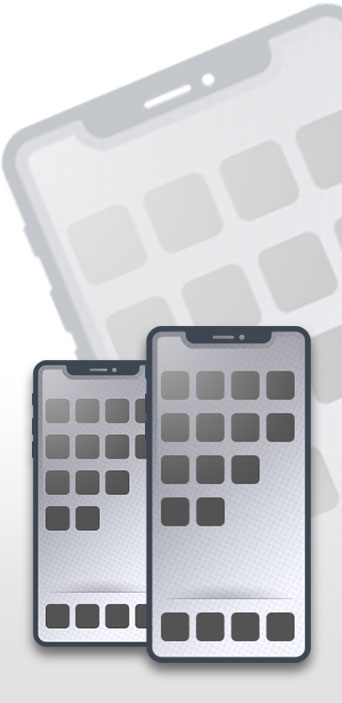All About CCTV Systems
This CCTV Technology App provides emergency responders, law enforcement security managers, and other security specialists with a reference to aid in planning, designing, and purchasing a CCTV system






All About CCTV Systems
This CCTV Technology App provides emergency responders, law enforcement security managers, and other security specialists with a reference to aid in planning, designing, and purchasing a CCTV system. This App includes a description of the capabilities and limitations of CCTV components used in security applications.The CCTV technologies described in this App include cameras, lenses, monitors, multiplexers, recorders, transmission systems, and Internet protocol (IP)-based systems. This handbook also provides considerations for implementing a CCTV system. An overview of video analytics and programmatic considerations such as design, data storage and retention, cyber security strategies, and system integration is also included. The outlook for new or improved CCTV capabilities is briefly discussed. Information provided in this handbook was gathered from Internet research and consultations with subject matter experts. No assertion is made that this handbook is comprehensive in its breadth or depth. It is introductory-level information and should not be considered a definitive reference for planning or implementing a CCTV system.Such efforts should be undertaken only in consultation with organizations experienced in the various phases of planning, constructing, testing, operating, and maintaining comprehensive CCTV systems for access control, surveillance, or forensic applications.CCTV systems provide surveillance capabilities used in the protection of people, assets, and systems. A CCTV system serves mainly as a security force multiplier, providing surveillance for a larger area, more of the time, than would be feasible with security personnel alone. CCTV systems are often used to support comprehensive security systems by incorporating video coverage and security alarms for barriers, intrusion detection, and access control. For example, a CCTV system can provide the means to assess an alarm generated by an intrusion detection system and record the event.A CCTV system links a camera to a video monitor using a direct transmission system. This differs from broadcast television where the signal is transmitted over the air and viewed with a television. New approaches within the CCTV industry are moving towards more open architecture and transmission methods versus the closed circuit, hard-wired connection systems of the past.CCTV systems have many components with a variety of functions, features, and specifications. Key components include cameras, lenses, data distribution, power, and lighting, among others. CCTV technologies continuously undergo feature refinements to improve performance in areas such as digital equipment options, data storage, component miniaturization, wireless communications, and automated image analysis.The components, configuration options, and features available in today’s CCTV market create a complex set of purchasing options. It is the intent of this handbook to provide information on the capabilities and limitations of CCTV components that will aid an agency procuring a new CCTV system or upgrading an existing one.


